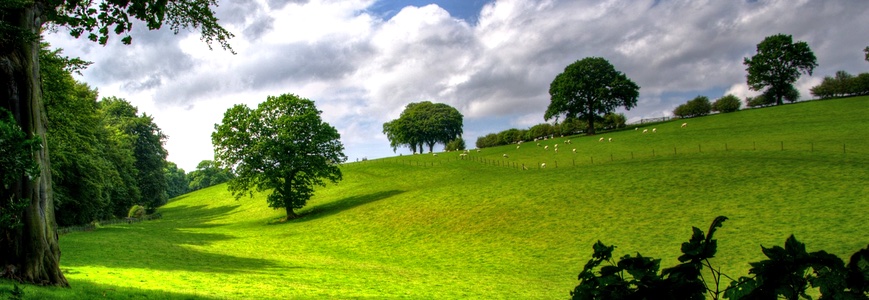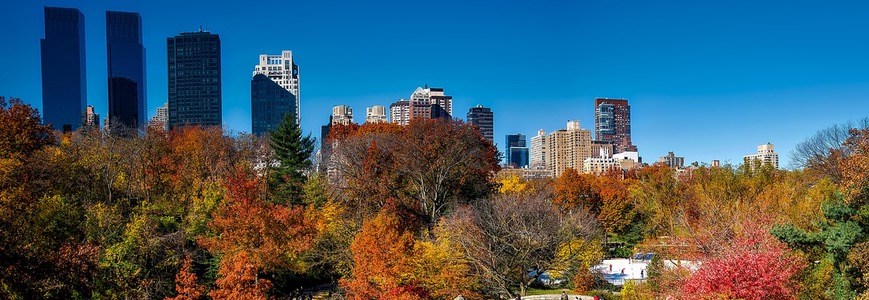THE LANDSCAPING SOLUTIONS BLOG
Welcome to our Blog. Inspiration, updates and industry trends from the team at Landscaping Solutions.
GOVERNMENT’S TREE PLANTING FUND ANNOUNCED

The Woodland Creation Grant, a £13 million tree planting fund, was announced by the Government last week in an attempt to significantly increase planting rates.
According to recent figures from the Forestry Commission only 582 hectares of trees were planted last year, resulting in the lowest numbers planted since records began in 1976.
Unfortunately the trend has continued well into 2017 as well, with only 63,000 trees planted between January and March of this year.
The new funds have been made available through the Woodland Creation Grant, part of the Countryside Stewardship scheme which is a Government initiative set up to tackle these alarming statistics and provide financial incentives to local authorities, farmers and land owners throughout England.
As part of this scheme the grants are intended to help successful applicants plant more than 3 million trees, creating an estimated 1,900 hectares of new woodland. This goes some of the way towards reaching the Government’s primary objective of planting 11 million trees overall in rural areas and a further one million trees in our towns and cities.
There is, however, still a long way to go if the Government are to reach that quota by their original deadline of 2020.
Once application forms for the Woodland Creation Grant become available in September, those eligible will be able to apply for up to £6,800 per hectare for tree planting, with final submissions due in January 2018.
Forestry Minister Thérèse Coffey said: "Today’s announcement demonstrates the government’s ongoing commitment to the forestry sector and to biodiversity, which afforestation delivers. I hope to see as many applications as possible so this important industry can continue to thrive."
We often cover environmental issues here on the Landscaping Solutions blog as it’s a subject matter close to our hearts. Statistics like last years Forestry Commission figures really strike a chord with us and overall we feel the Woodland Creation Grant is a positive move in the right direction.
For the scheme to prove successful the environmental impact needs to be at the heart of how the planting is implemented. The additional woodland will no doubt give the timber industry a much needed boost but woodland creation is not always environmentally sound.
There is no denying that countless studies have shown trees reduce pollution, regulate temperatures, mitigate flood risk and provide a habitat for wildlife to thrive. However, For woodland creation to prove successful in the long term a number of factors have to be carefully considered. For example, what kind of woodland is being created, where is it being created and why is it being created?
To meet the increasing demand of timber for the construction industry, millions of pine trees have been planted over the past 100 years in our uplands. With little consideration for the surrounding wildlife, biodiversity has in fact been drastically reduced in these areas. In short it’s simply not a matter of just planting lots of trees and hoping for the best.
Further information regarding the Woodland Creation Grant and the Countryside Stewardship scheme can be found on the Government website.
URBAN FORESTS AND WHY WE NEED THEM

Trees transform the urban landscape,; they can improve the look of a road side, park or garden and allow us to connect with nature. In doing so they help reduce stress and improving our well being. Trees help keep the surrounding air clean and cool, reduce the risk of flood and provide a natural habitat for wildlife.
Breathing air within built up, polluted cities and towns exposes us to Particulate Matter (microscopic particles that can easily become trapped in the lungs). A recent study by The Nature Conservancy (TNC) reported that by 2050 Particulate Matter could claim an estimated 6.2 million lives. Trees can help mitigate these pollutants. A study of trees in 245 cities around the world showed that the average reduction of Particulate Matter surrounding a tree was between 7% to 24%. In addition, the study discovered that trees provided a cooling effect of up to 2C (3.6F).
A survey in 2014 calculated that London's trees provided some where in the region of £133 million of benefits every year in terms of air pollution removal.
It seems that trees play a vital role in ensuring our urban spaces are much cleaner than they would be without them. Unfortunately the same TNC report also highlighted the fact that the majority of cities featured in the study were removing more trees than they were planting, through continued urbanisation.
We covered a similar issue in an article back in June regarding the changing landscape of Britain’s front gardens and their decline, highlighting the alarming rate at which greenery is disappearing from our streets and neighbourhoods. The problem, it seems, is that the majority of cities the world over share the same approach with regards to trees and green spaces; namely they are regarded as serving an ornamental purpose only.
As shift in perception is called for; trees should be thought of as part of our public health infrastructure. Numerous studies have also shown that trees and green spaces in our towns and cities are essential for mental and physical health. Taken alongside the environmental benefits of trees, it becomes clear a well planned, targeted tree planting campaign is a smart investment for any city wishing to improve the all round health of it’s inhabitants.